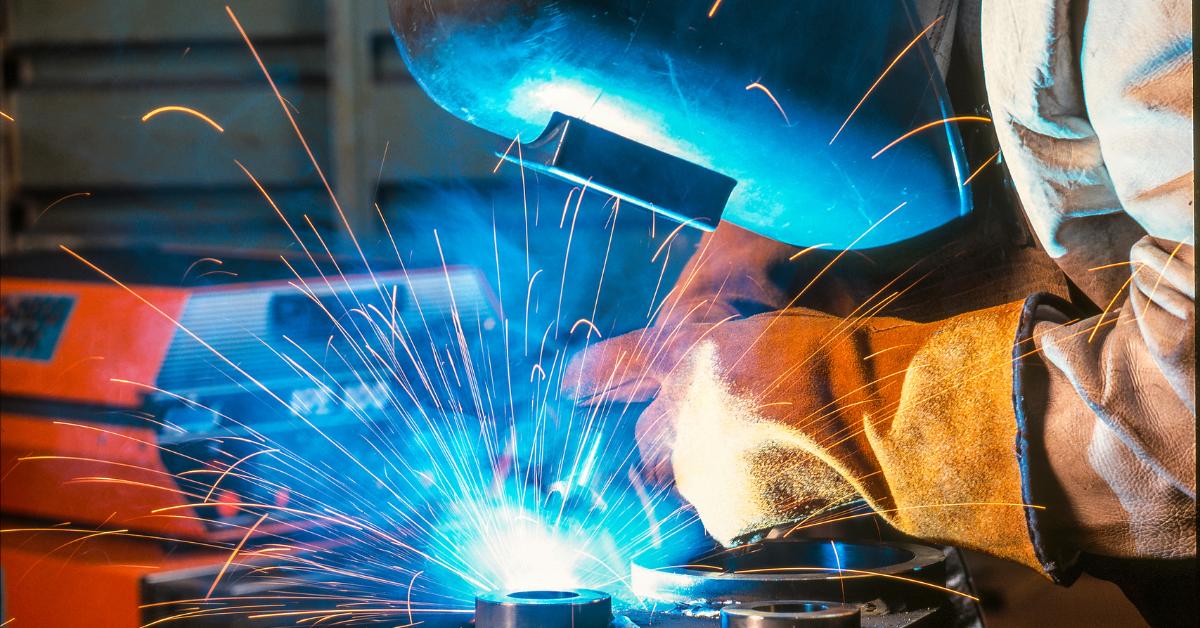If you want to learn more about TIG welding aluminum and how to get the stack of dimes look with your job, you are at just the right place.
A decent TIG welding machine is a prerequisite for you to start learning TIG welding aluminum. A very good machine would be awesome to have, too, but a good enough machine would serve the purpose well enough. If you already have a TIG welding machine, that’s even better. Maybe you have any one of the old Synrowave 300, an old Hobart CyberTIG, or a DialArc, or you might have a brand new Miller Dynasty 350. Any one of them would be a great tool for you. And if you do not have one, you should either borrow one or get a used/new one.
Any of these machines would work the same; it is you who is actually going to do the real job. And you are also the one who will get that stack-of-dimes look.
How? Keep reading…
First, check the machine settings
- Set the polarity of the current to A/C – Alternating Current.
- Set the amperage to about 1.5 amps per 1/1000 inch of thickness. That’s one-thousandths of an inch (this is applicable up to about 250 amps; after that, the numbers are a bit different)
- Set the amperage and contactor buttons to a remote position.
- Set the high frequency to continuous mode.
- If you are using a #7 cup, set the argon/helium torch shielding gas to around 15 cfh. Less than that if the cup in use is smaller.
A few points about Tungsten electrodes
- 2% of thoriated electrodes work well, even though they have received quite a bit of bad press because of the radioactivity issue, which you should not take at their word.
- 2% lanthanated electrodes are good for aluminum as well as steel. They can be called the all-purpose electrodes.
- Always use the smallest electrode required to do the job.
The steps for that stack of dime look
- Let’s assume you are welding 1/8” aluminum. Once you have made sure all the settings mentioned above are correct; you should use a piece of 4043 filler rod 3/32” in diameter. Note that you will rarely, if ever, require a rod thicker than the piece you are welding.
- Extend the tip of the electrode about ¼” past the tip of the TIG torch cup. Then, pre-purge the gas by tapping on the foot pedal.
- Holding the torch like a pencil, touch the tungsten tip to the metal. Pull it back, slip on your helmet, and press the pedal to start the arc.
- Don’t melt the aluminum right away – there will be some black stuff coming out due to the arc’s cleaning action. Wait for it to finish, and then press the pedal to create a puddle. The puddle should be about 3 to 4 times the thickness of the metal being welded.
- Now is the time to get that “stack of dimes” look. You get that look by repeatedly adding the same amount of rod at evenly spaced intervals along the job. First you add some rod, then move 1/8” of an inch ahead, add an equal amount of rod again, then move on 1/8” again. You do this along the length that you want and you will have evenly spaced stacks of dimes right there. A job well done!
Obviously, you won’t be a “stack of dimes master” after reading this, but with practice, you will master this technique in no time. TIG welding aluminum is a handy skill to have, so don’t give up on it.
